Welcome to our ANIMAL KINGDOM WORLD! Are you interested in learning about animals and their world? If you are curious about dinosaurs, sea creatures and wild animals, you are in the right place! Explore, learn and join.
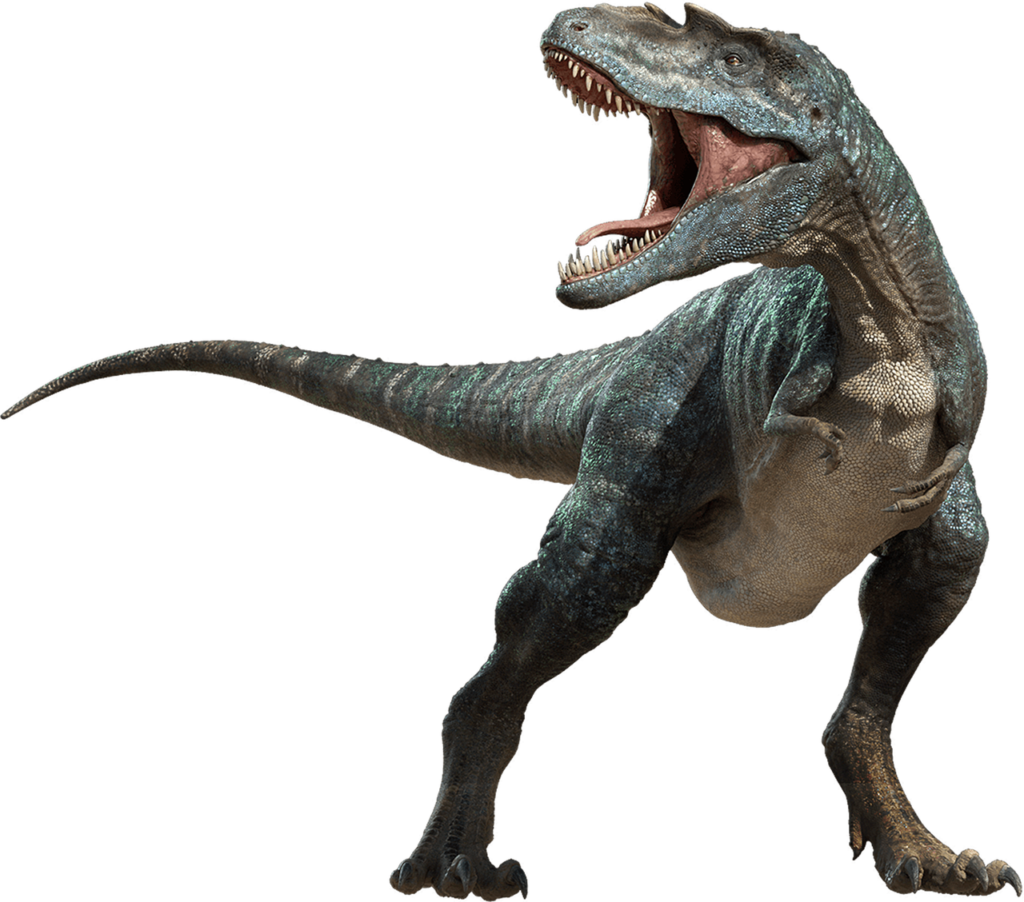
One is the catastrophic theory that geologically, How Dinosaurs were Killed in a short time due to the fall of a meteorite, and the other is a gradual theory that it gradually disappeared due to the effects of a large-scale volcanic eruption. Among them, Alvarez et al. proposed an asteroid collision theory in 1980, and then, meteor falls became a standardized cause of dinosaur extinction.
If you like my article, visit my website: https://animalkingdomworld.in.
Table of Contents
Toggle1. Impacts: The asteroid theory and how it impacts ecosystems How Dinosaurs Were Killed
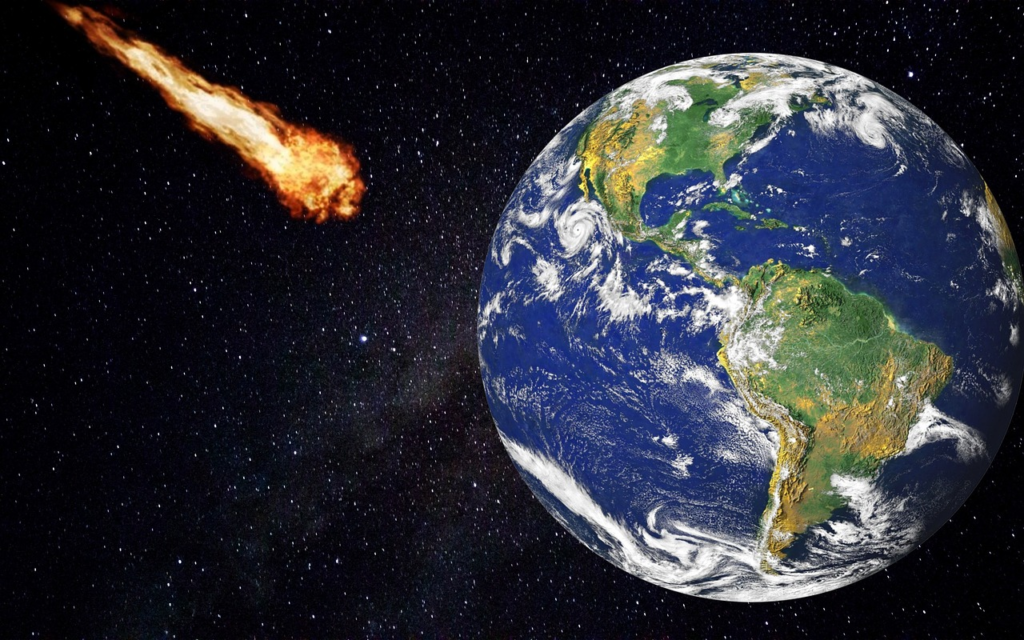
The Chicxulub crater
An enormous crater on the Mexico Yucatan Peninsula found proof supporting the asteroid impact theory. chicxulub crater is approximately 150 km wide and formed 66 million years ago. It includes appropriate with an asteroid impact.
Immediate Consequences
The immediate collision resulted in billions of tons of debris in the sky, blinding sunlight for months. This impact winter resulted in global temperatures dropping as dramatically as a nuclear winter.
Food Chain Collapse
Most plants died from a lack of sunshine, and herbivorous dinosaurs encountered food shortages, impacting carnivorous dinosaurs that ate them. This chain reaction resulted in widespread famine throughout the ecosystem and contributed to How Dinosaurs were Killed.
2. Environmental Stress and Deccon Traps Volcanism
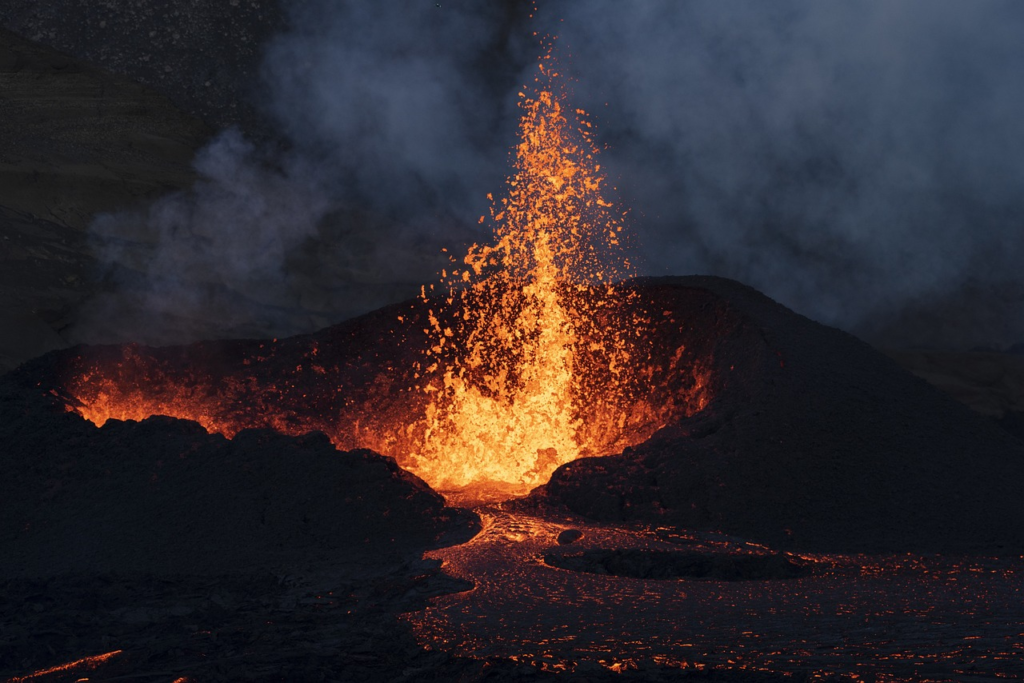
The massive volcano eruptions in India
Deccan Traps is a large volcanic region active during this period in India. These eruptions produced significant amounts of carbon and sulphur dioxide into the atmosphere.
Long-term climate effects
sulphur dioxide-induced acid rain and carbon dioxide-induced slow global warming. This warming cycle from volcanic gases and cooling from the asteroid effect puts species under severe climate stress, making survival more challenging; explaining How Dinosaurs Were Killed
3. Loss of habitat and sea level changes
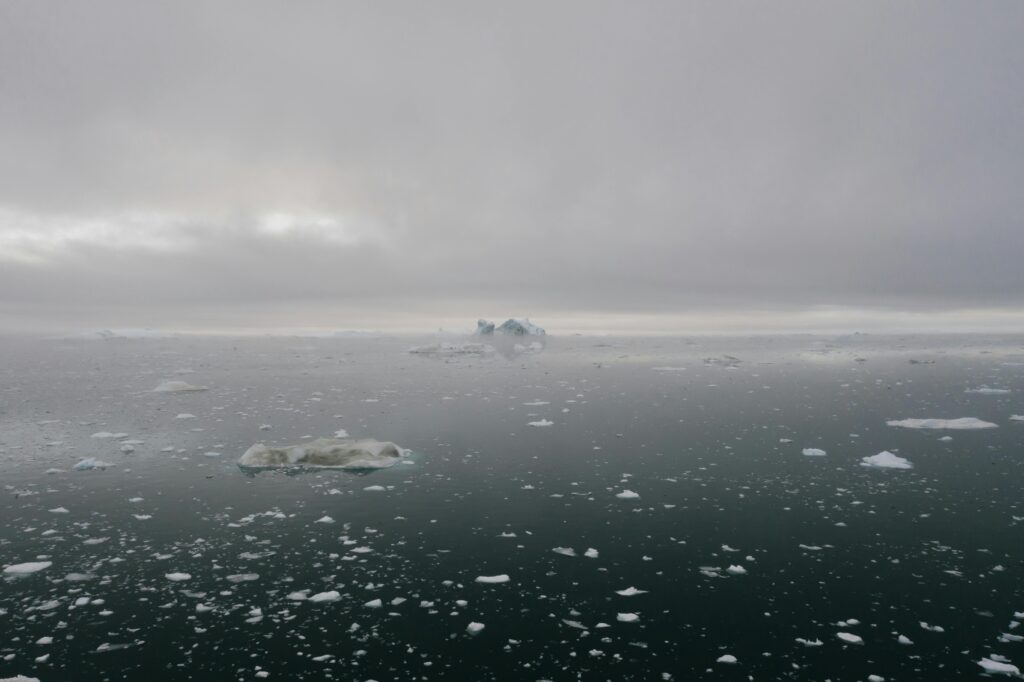
Receding oceans
Falling sea levels reduced the shallow marine environments where many dinosaur species and marine life thrive.
Disrupted ecosystem
As sea levels fell, they destroyed breeding and feeding grounds for marine reptiles and some dinosaur species that depended on coastal ecosystems.
4. Evolutionary advantages of survivors
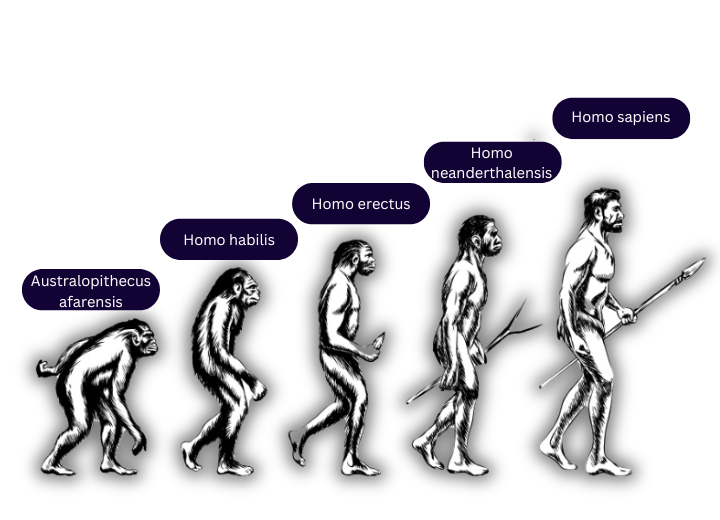
Little burrowing animals
Small mammals and reptiles that can borrow are better able to withstand temperature swings and take refuge below to avoid severe conditions.
Food flexibility
Animals that can consume a variety of foods have an advantage. Mammals who scavenged or ate seeds, insects, and plants had a better chance of survival than larger, more specialized dinosaurs.
Birds and flight
Birds, considered ancestors of small flying dinosaurs, may move to new habitats for food, giving them a survival edge. If you want to learn more about birds’ evolution and food habits, visit ANIMALIA.
5. Long-term evolutionary effects: the rise of new species
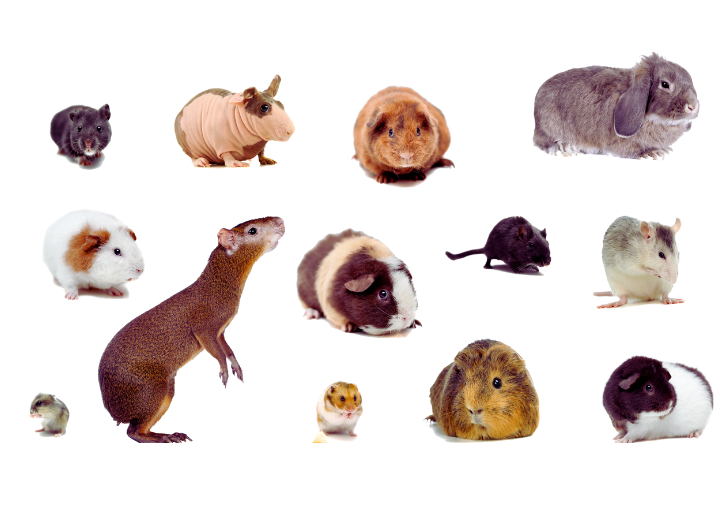
Adaptive radiation
With the disappearance of the dinosaurs, mammals have adaptive radiation, where one group rapidly diverges into many new species. This led to the evolution of early primates, which eventually gave rise to humans.
New ecosystems
A new ecosystem developed without large predators. Small mammals, insects, and flowering plants began to dominate, shaping the plant’s future biodiversity.
6. Aftermath and Recovery
Evolution of Mammals
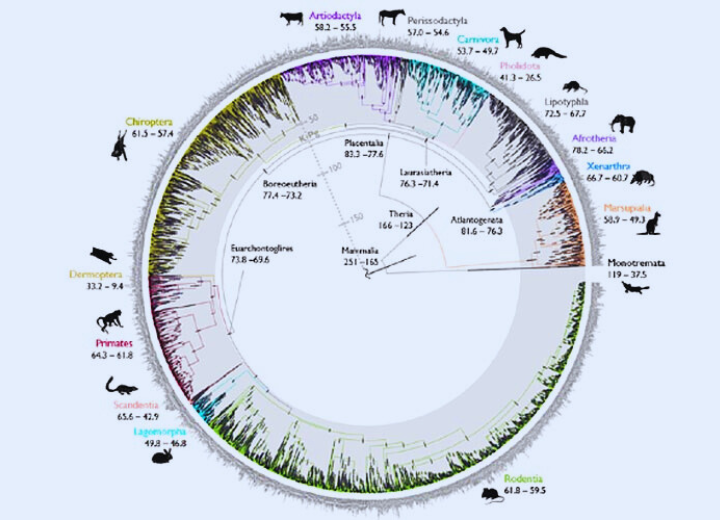
After enormous dinosaurs went extinct, minor and less dominant mammals began to succeed during the Mesozoic era, leading to How Dinosaurs Were Killed becoming a Key step in evolutionary history.
Age of Warm-Blooded Life
The extinction surfaced the way for the evolution of mammals that dominated the planet during the Cenozoic era. Many modern mammal groups, including primates, developed and evolved during this period.
7. Survival of Some Species
Birds are the direct descendants of certain groups of theropod dinosaurs that continued to evolve after the event. According to certain theories, birds are the direct descendants of specific theropod dinosaur groups that underwent further evolution following the event. Other groups like mammals, fishes, and reptiles also survived and began diversifying without dinosaurs.
Conclusion
In particular, a significant asteroid impact and the volcanic activity of the Deccan Traps may have contributed to How Dinosaurs were Killed. Humans and mammals emerged as a result of this great extinction.
We hope you enjoyed this article.
Our article helps us understand How Dinosaurs were killed and how the natural world faces challenges.

nice
good content
hai
Pingback: The Biggest Snake of The World: Facts You Need to Know